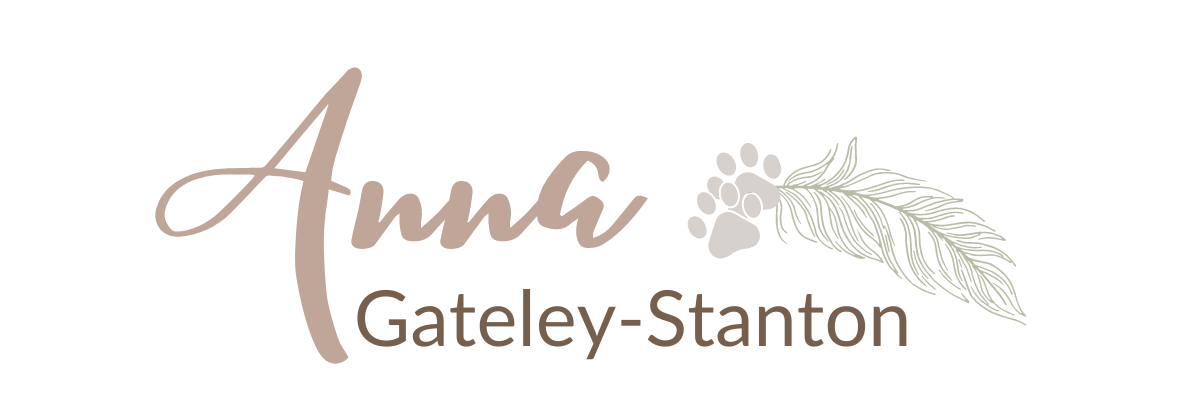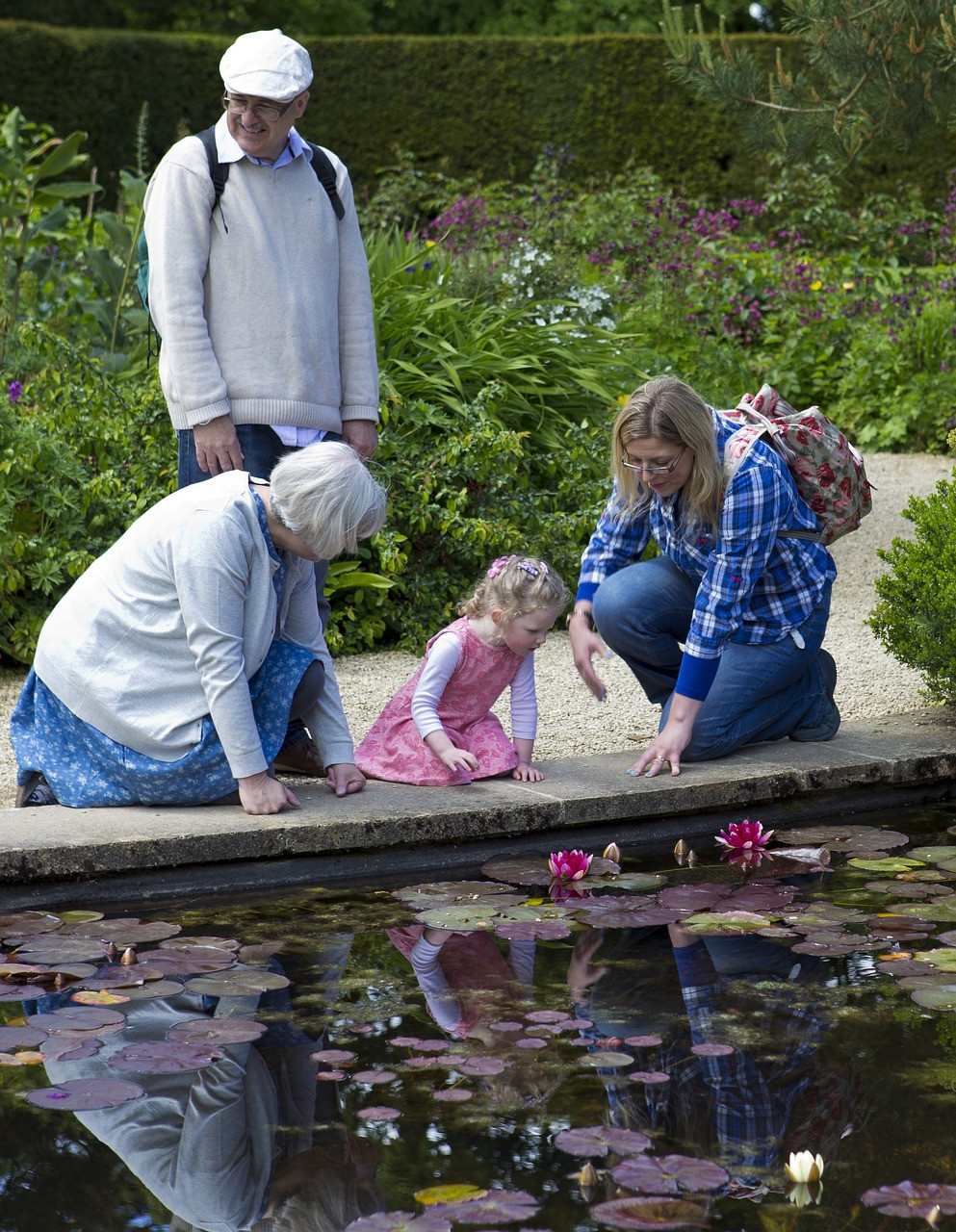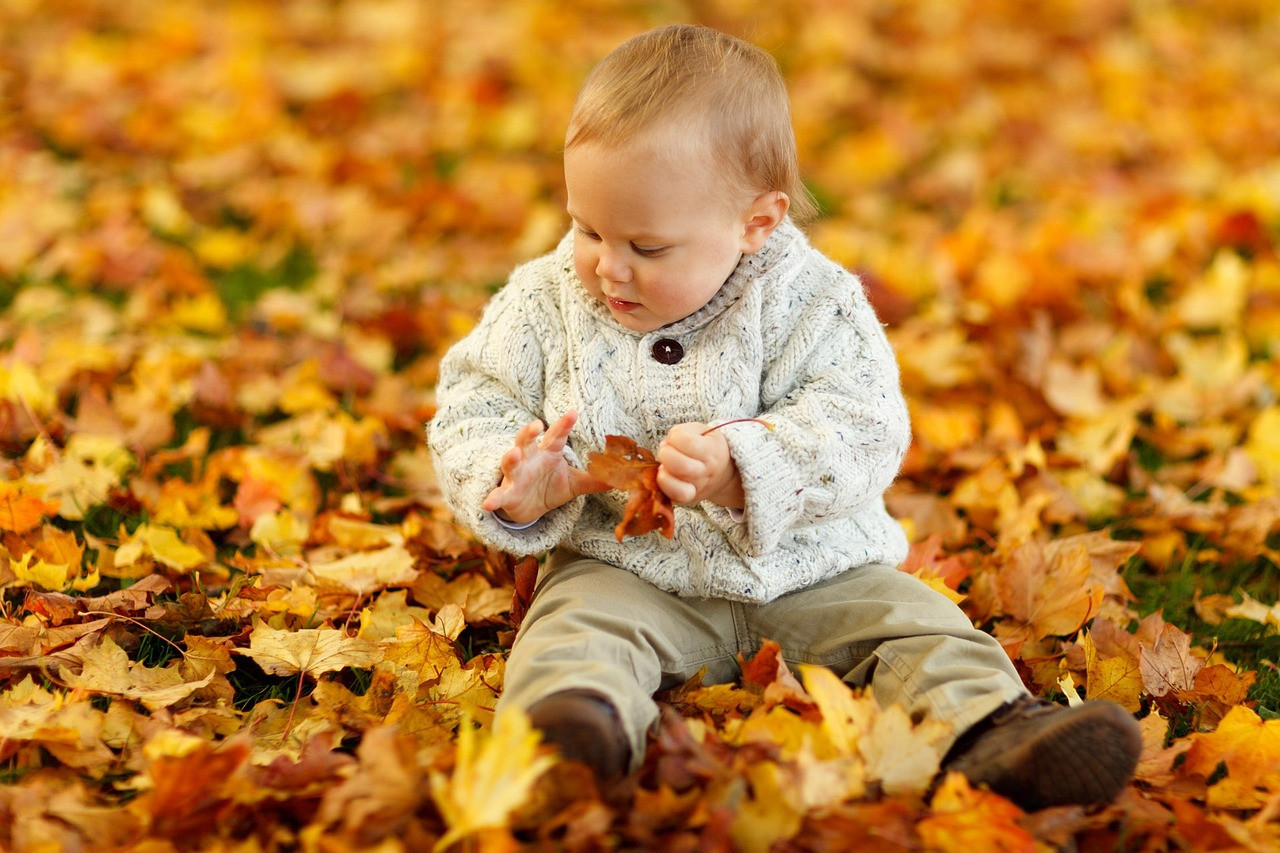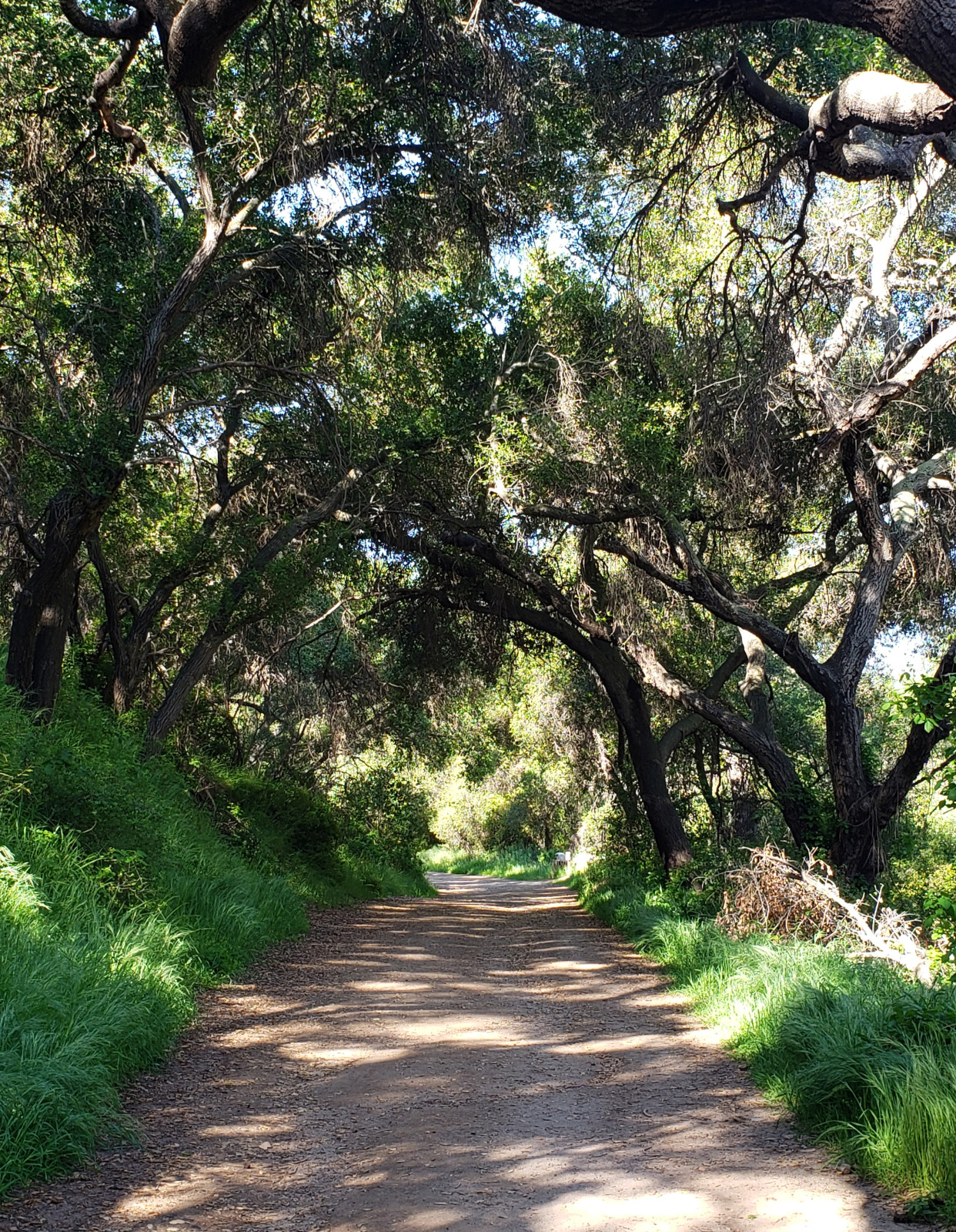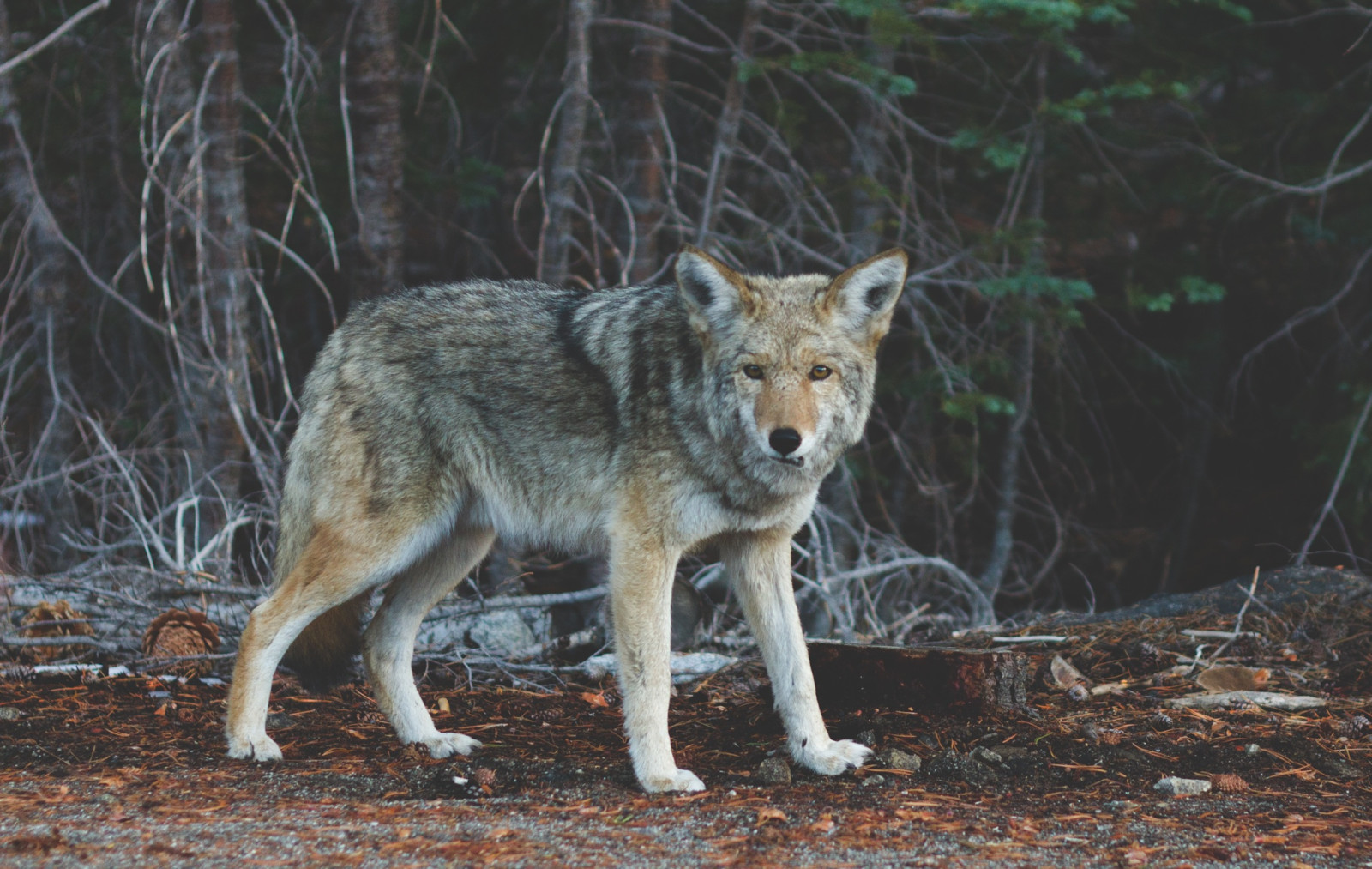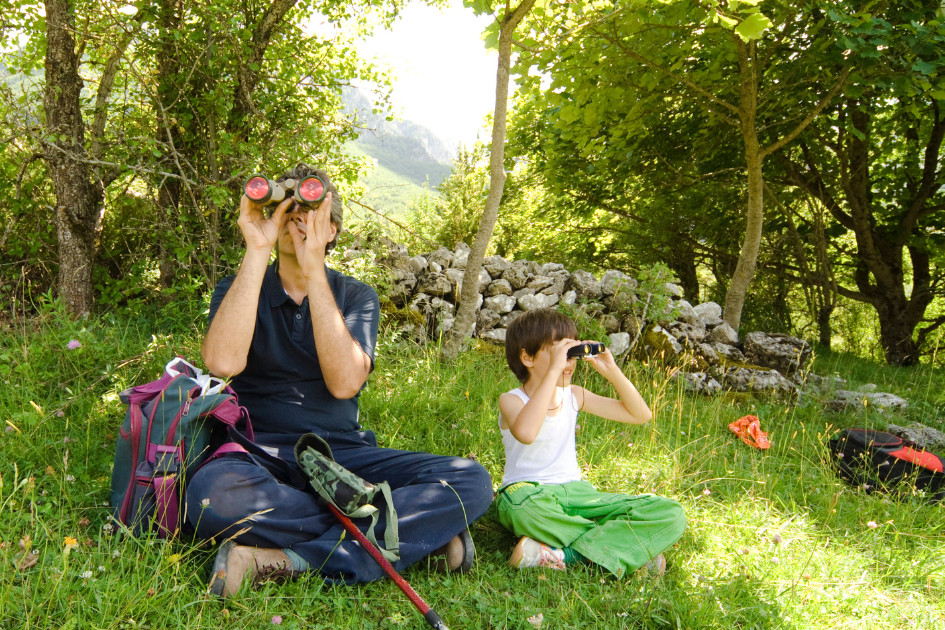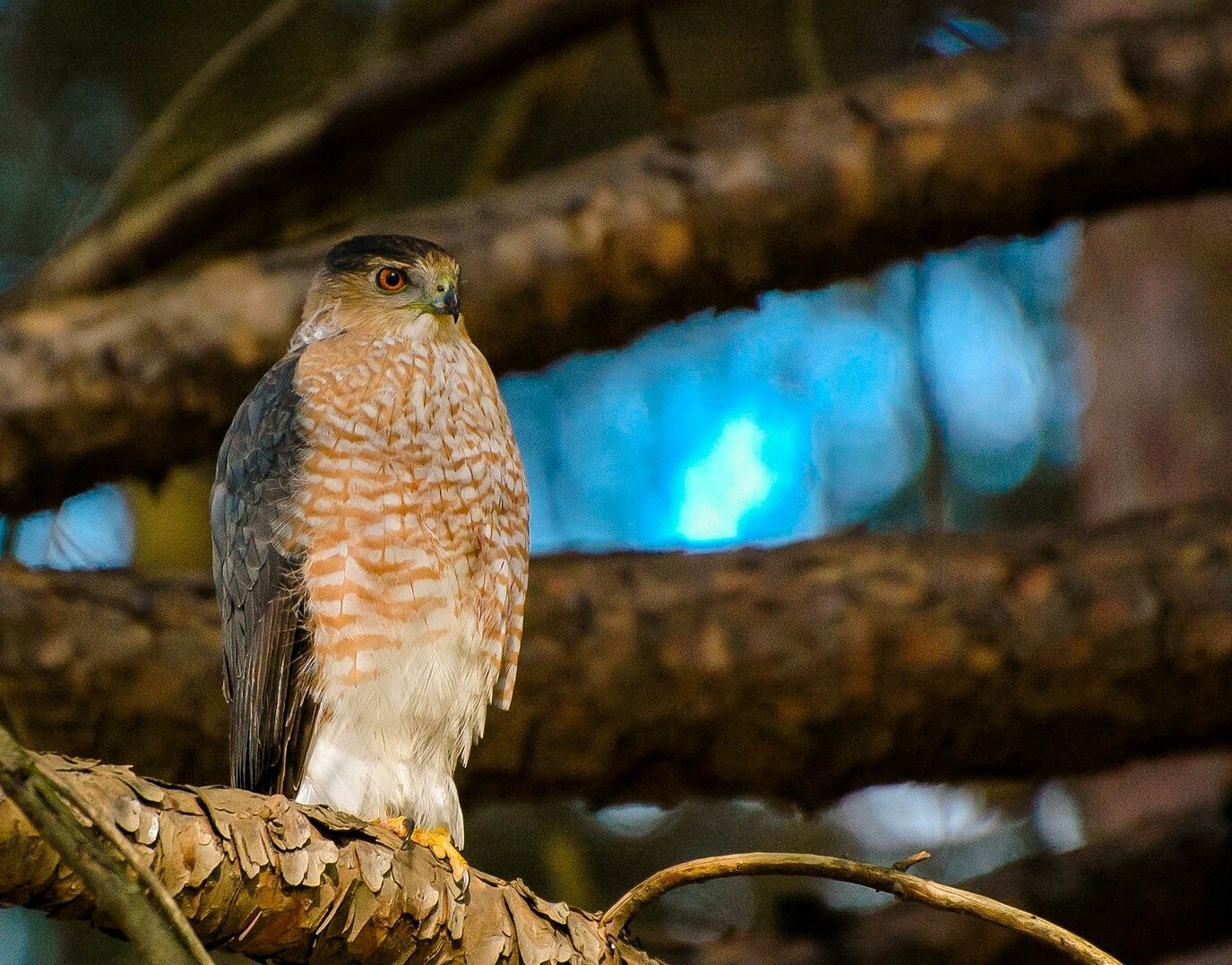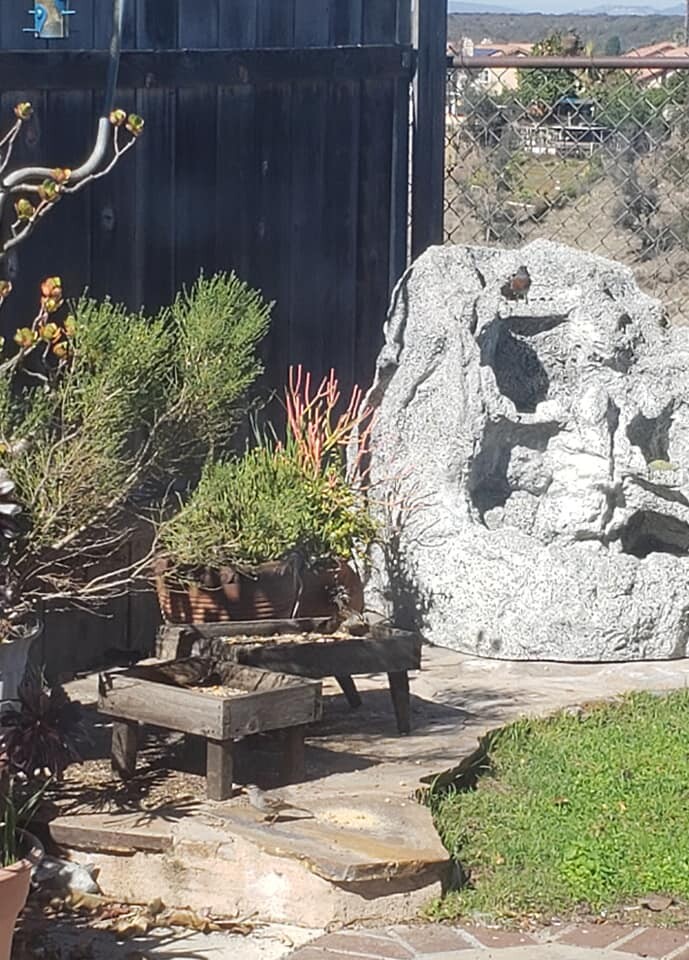
While watching birds at my feeder today, I saw a couple Western Bluebirds. Not unexpected, but not something I see everyday in my backyard. A real surprise would be the male Phainopepla I saw a month or so ago, but that’s a story for a different time.
Anyway, I started thinking how easy it is to bird from my own yard. Living on a canyon helps a lot, but the diversity of wildlife we have in San Diego County plays a big role too. I started remembering some of the many birding trips I’ve taken to place like McAllen, Texas; Tucson, Arizona; and San Felipe, Baja California, just to name a few. Then I remembered how easy it is to actually bird from my own yard.
In less than a week, Audubon’s Great Backyard Bird Count will take place again from February 12 to February 15, 2021. I’ve done it a number of times from my own yard, but also while I was walking the dog at the lake. It doesn’t matter how good a birder you are; anyone can participate. All you need to do watch birds for as little as 15 minutes or longer. You can do it once or several times a day over the four-day period from any location. Then just report your sightings at birdcount.org so the numbers can be included in the count. Check out the website for more information and to get the latest promotional and educational resources.
Now who’s ready to start counting birds?
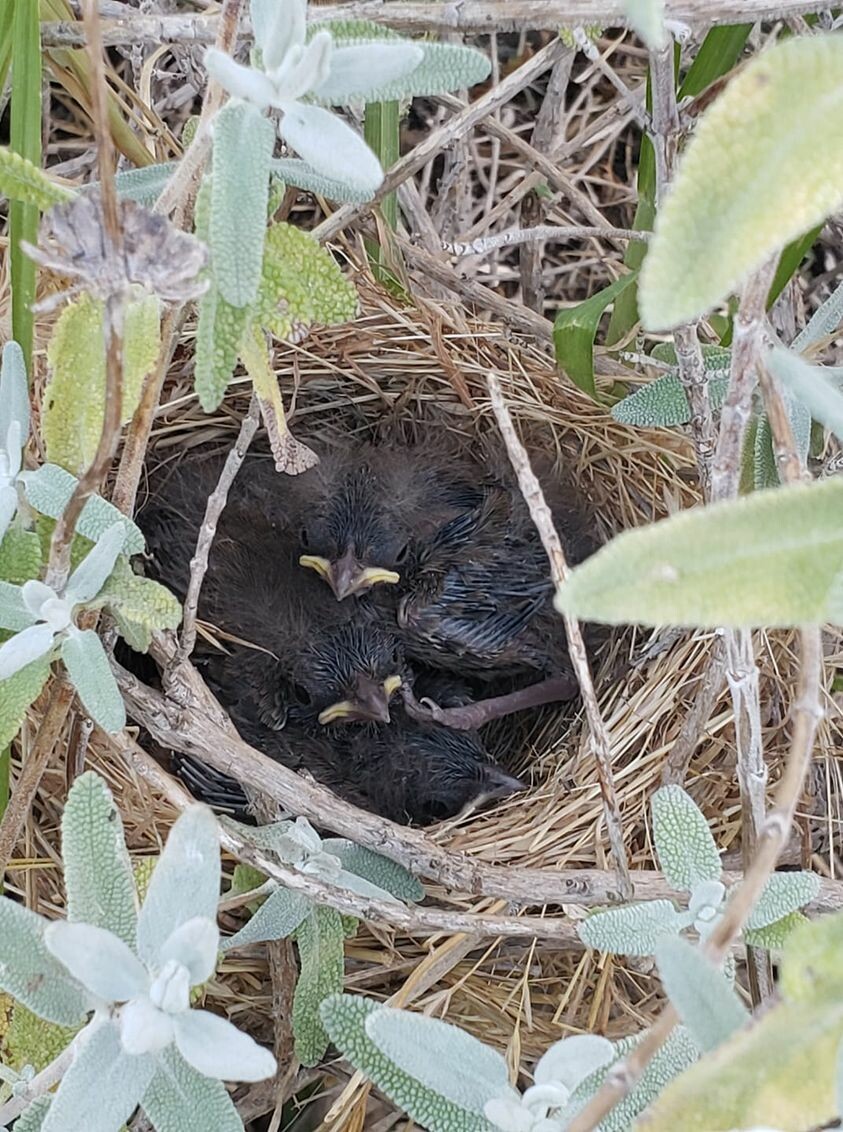
Now that you know about feeding wildlife, let’s look at the other needs of wildlife.
Water
California and other parts of the Southwest are under draught conditions most of the time. As a result, wildlife is desperate for water sources.
So, as your shower water warms, capture the cold stuff in a bucket. You can use it to water plants, but also fill a bird bath or small animal drinking fountain. Every morning I enjoy watching four or five hummingbirds fight for the perfect perch to take a bath in a fountain. Bees also visit for a quick drink, and we always need bees around to pollinate crops.
When you return from a day trip, let the ice from your ice chest melt. You’ve now got water for your fountain or bird bath.
Shelter
Like you and me, animals need shelter for sleeping, as well as raising young. But they also need it for protection. When you decide where to place a feeder or fountain, put it close to a dense shrub or tree for cover. Sometimes darting into a shrub is the only way to escape a large predator like a Cooper’s Hawk.
If you’re in a rural area and have the space, even a brush pile of limbs and branches can serve as shelter for sleeping or nesting wildlife.
Some people have luck with nesting boxes or nesting shelves, but not me. The native trees and shrubs in the canyon probably provide much nicer locations than a wooden shelf or clay nesting box.
If you don’t mind bats for neighbors, you might try a bat box. It’s a great place for bats to roost during daylight, and when they leave to forage at night, they’ll help rid your neighborhood of thousands of mosquitos and other insects.
Now that you know how to create a wildlife friendly yard, what will you provide? Will it be food? Water? Shelter? Or will it be all three?
